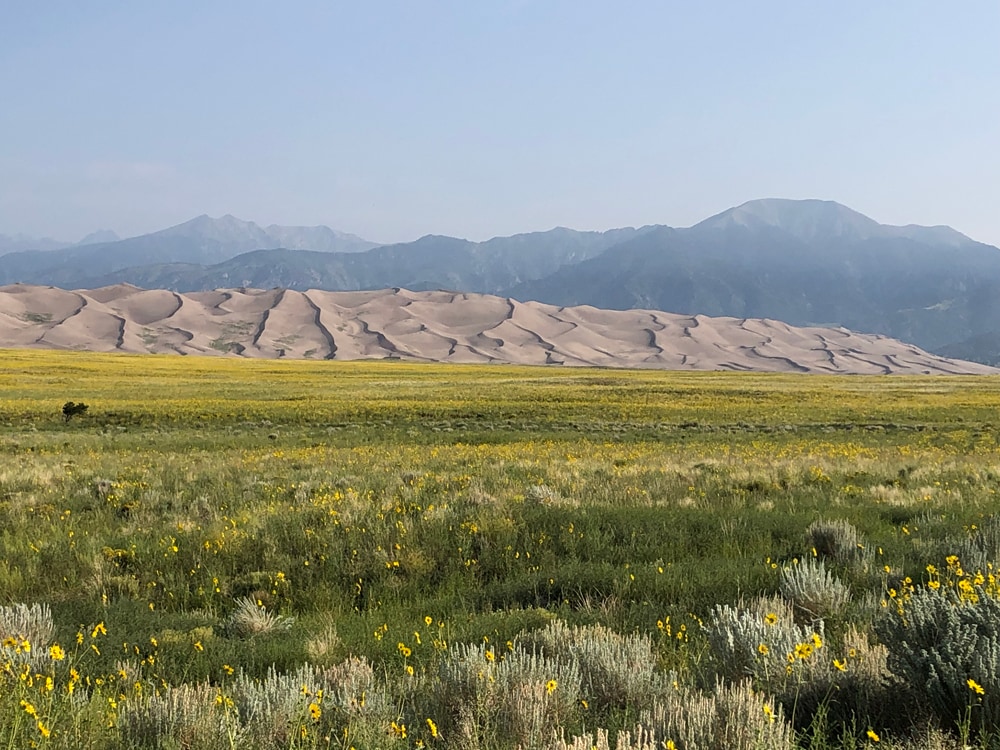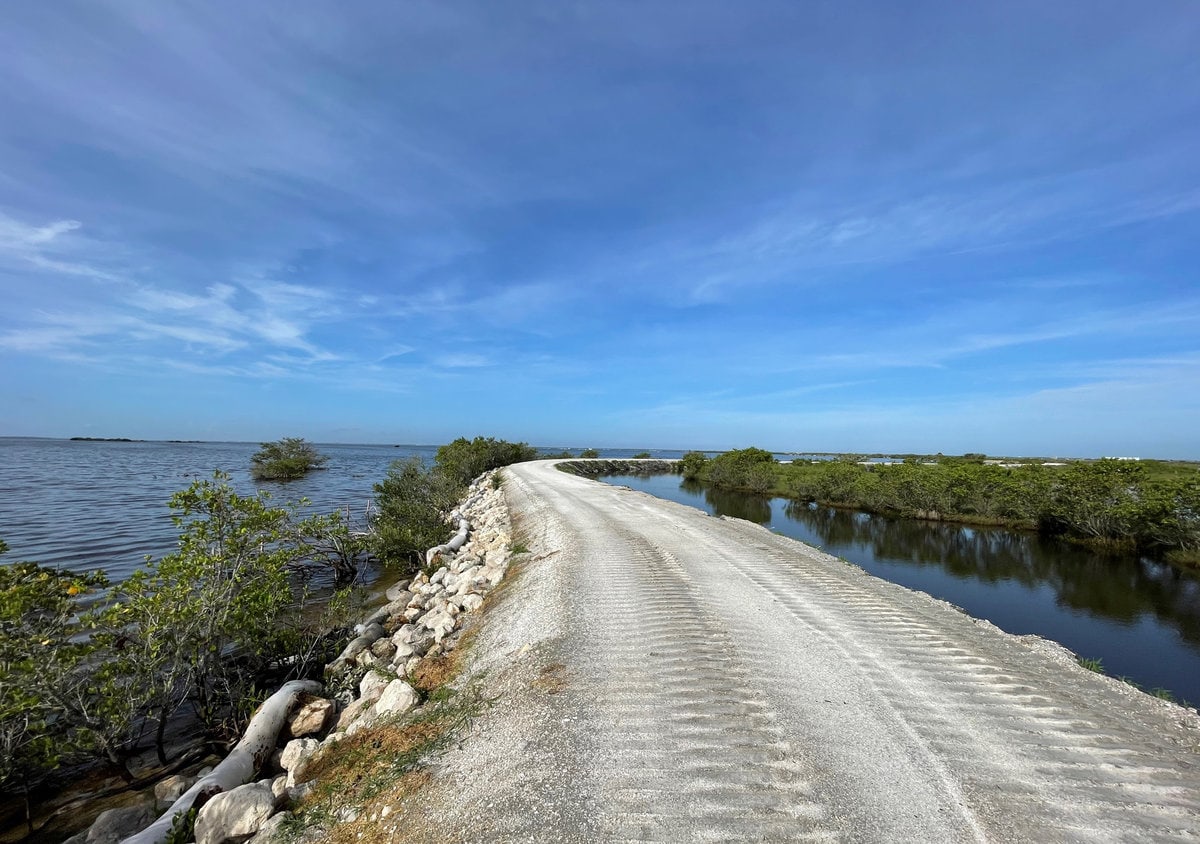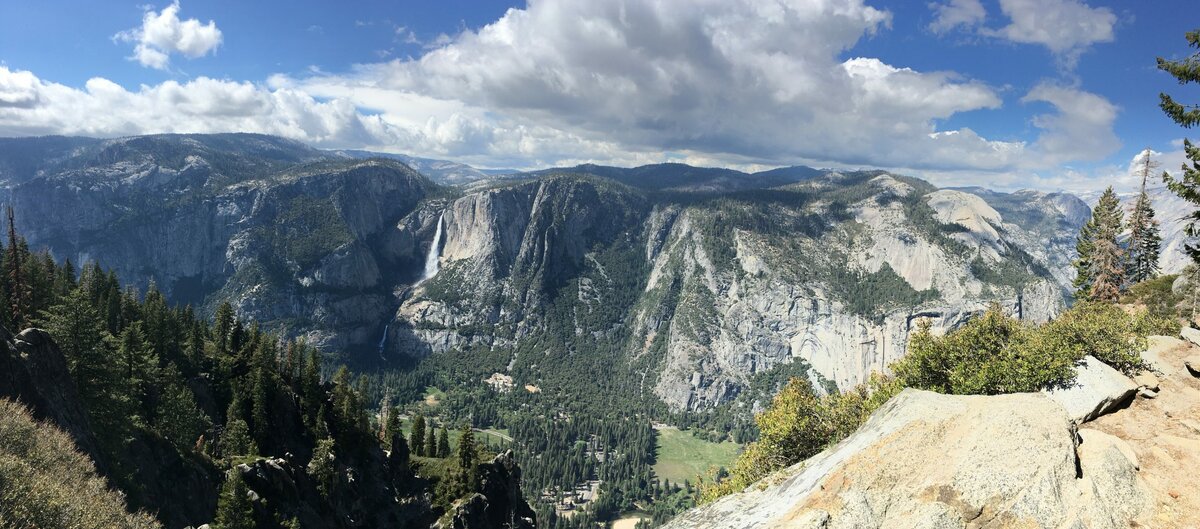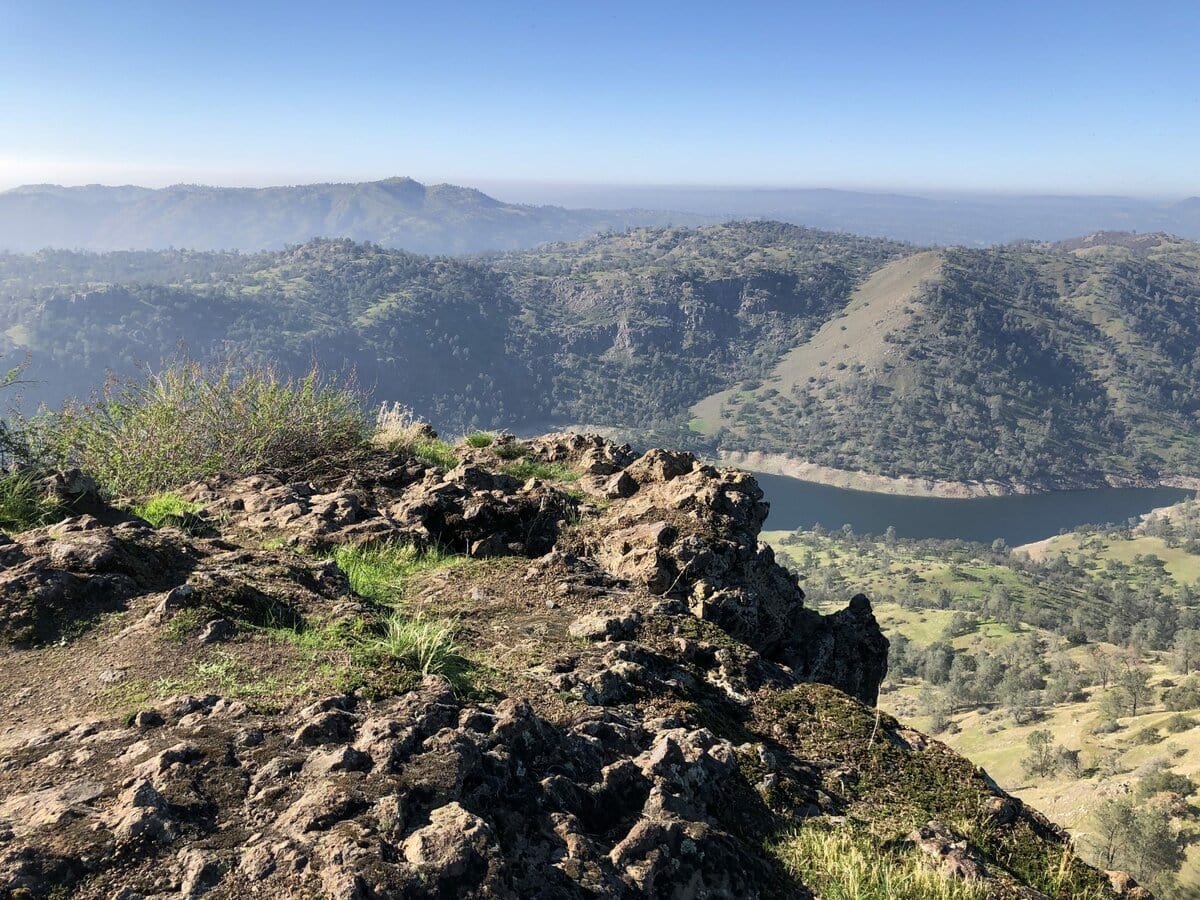The Great Sand Dunes National Park and Preserve is situated in the San Luis Valley (at 8,000 feet of elevation) below the Sangre de Cristo Mountains. The park’s field of giant dunes, which includes the tallest dunes in North America (750 feet), occupies 11% of a 330-square-mile deposit of sand from the San Juan (65 miles to the west) and the Sangre de Cristo Mountains. The prominent dune field contains >1 cubic mile of sand, or 5,000,000,000 cubic meters. The forces of water and wind have created this landscape over geologic time. Humans have been consuming sand in an increasingly dramatic fashion over the last 100 years, predominantly to fuel construction of the concrete, urban environment where 50% (and increasing) of people live. The world (of humans) currently consumes sand, largely for use in concrete, at a rate of about 50,000,000,000 tons, annually, which equates to about 80,000,000,000 cubic meters of sand, or >16 cubic miles of sand! Even though sand is one of the most common substances on the planet, only a small fraction of that sand is accessible and suitable for concrete and other engineering uses. And we’re running out of that sand.







